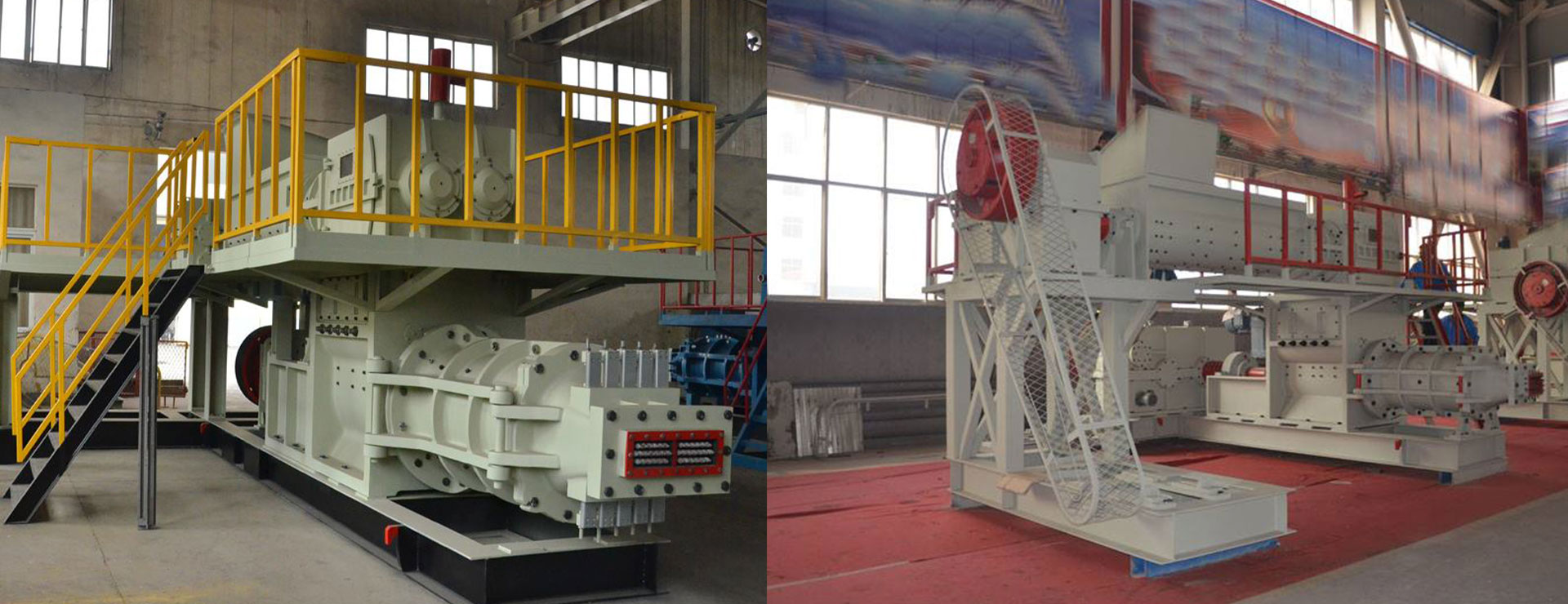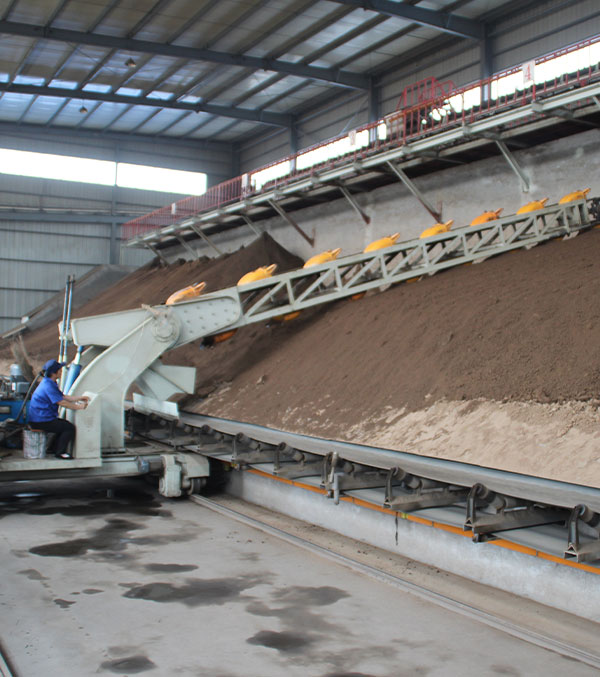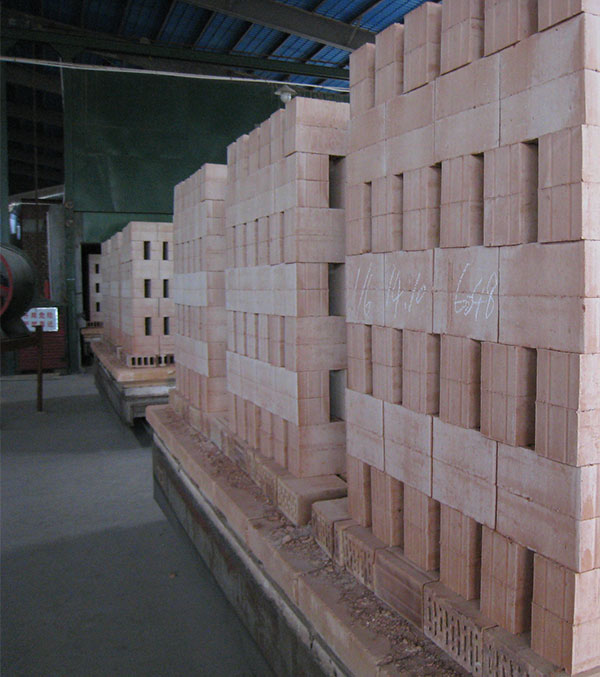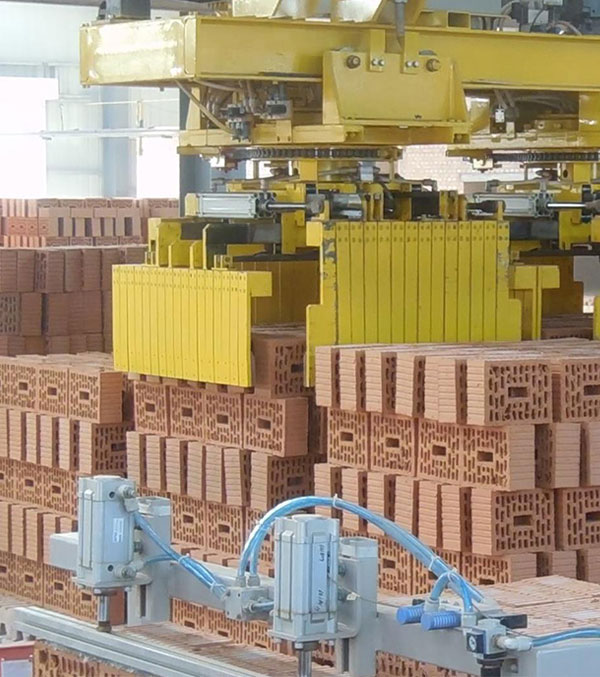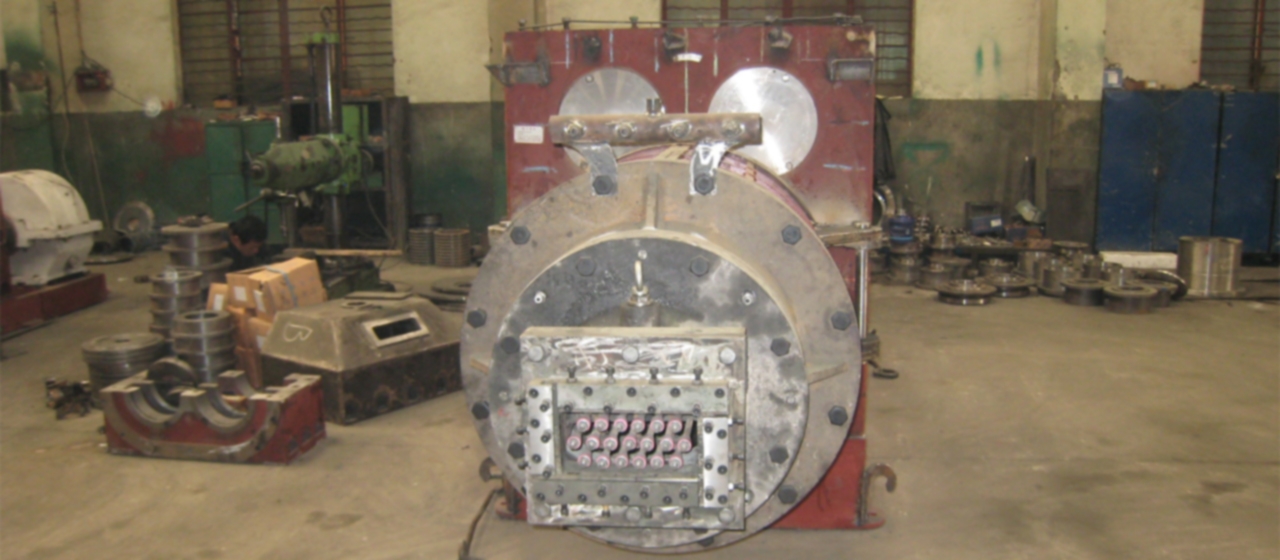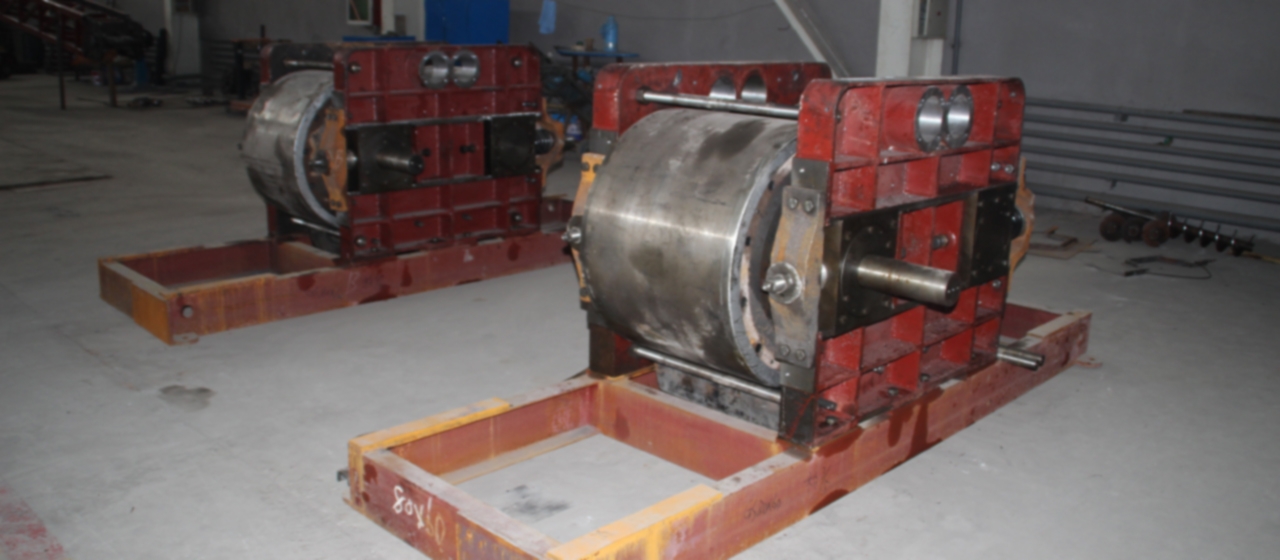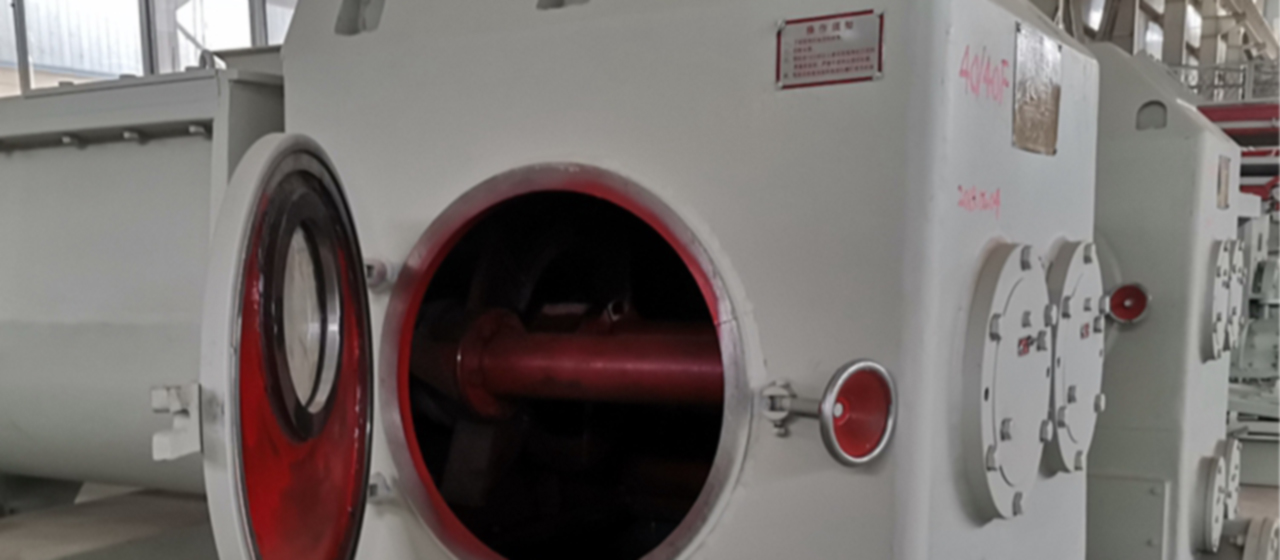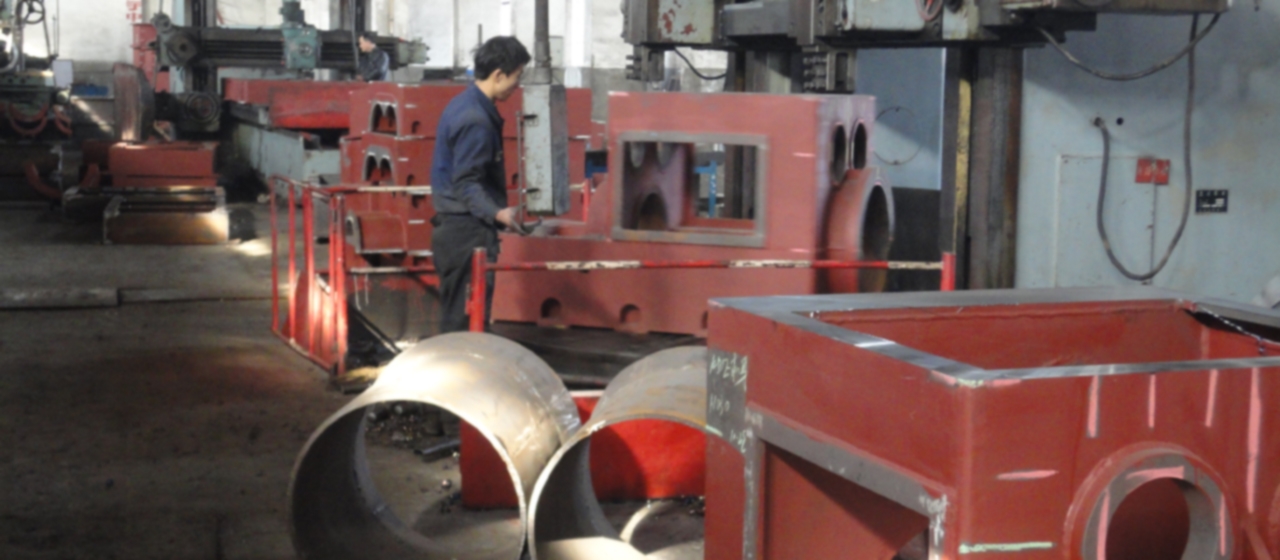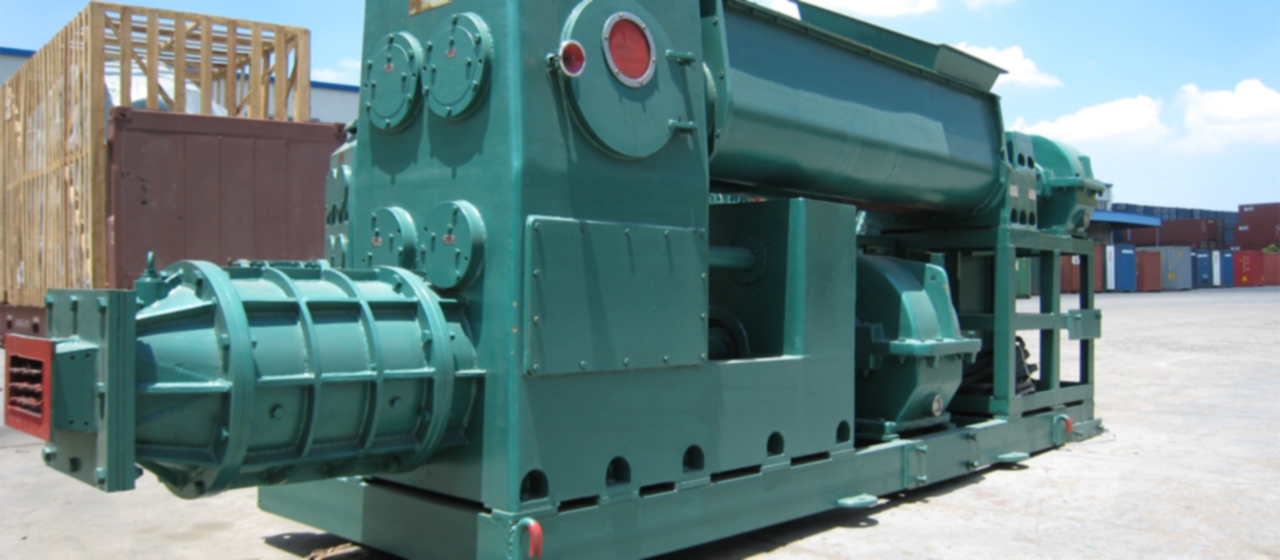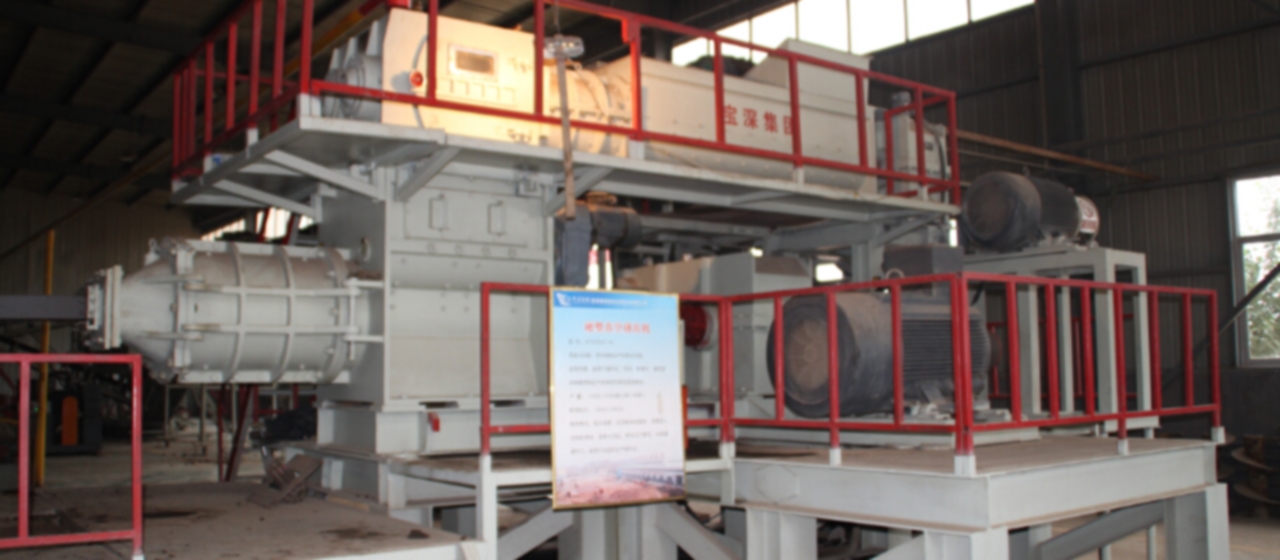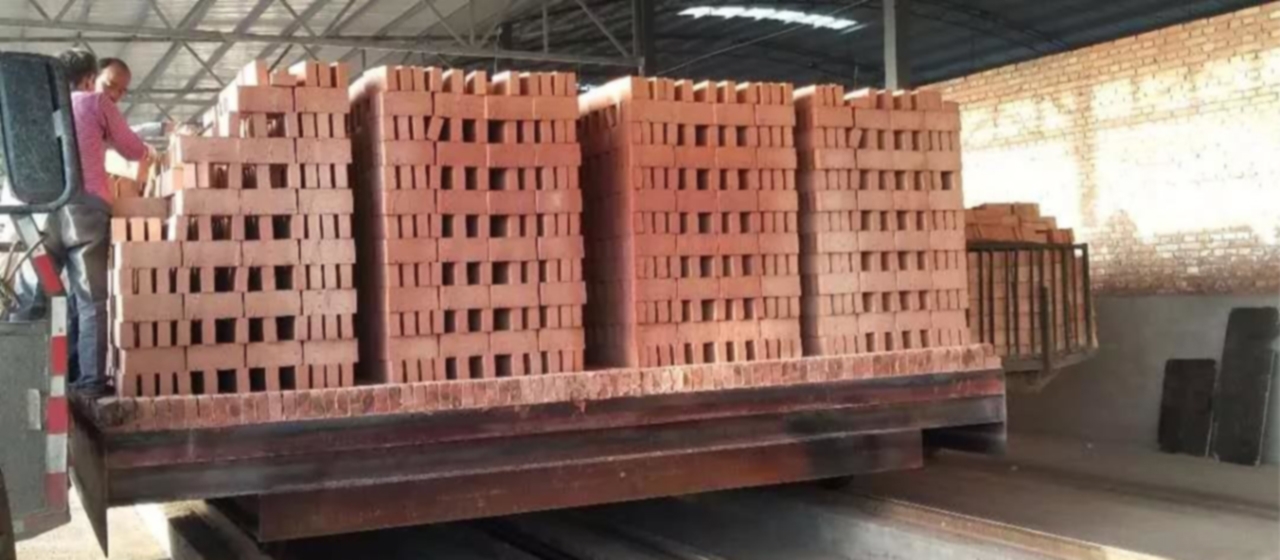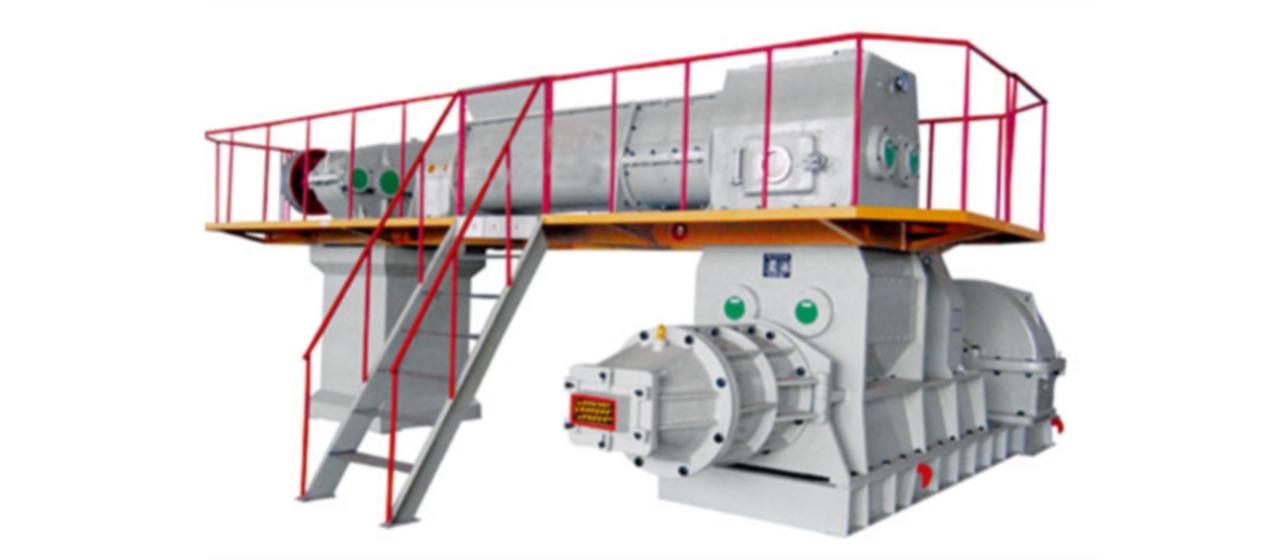Avantages des briques creuses en argile rouge dans la construction moderne en Chine

–1—
—2—
Les maisons construites avec des blocs d'isolation thermique performants ont une valeur d'usage à long terme grâce à la très bonne durabilité des matériaux frittés, which can ensure that the investment can serve several generations. High-quality sintered brick masonry buildings can be sold at high prices.
—3—
The comfort of the living room is good. A house built with high-performance thermal insulation blocks can make the interior feel very comfortable. Because of the countless micropores in the sintered product, it can adapt to the change of indoor and outdoor humidity very well, so it can ensure that it has a very good storage capacity for water vapor and a very good release capacity. The sintered building materials have a warm-colored surface, which can buffer the changes in humidity and heat. The sintered building materials have very few harmful substances, which can ensure a healthy indoor environment and make people feel comfortable indoors.
—4—
Due to the pores formed when the sintered block is formed and a large number of microporous structures are left during sintering, the external wall constructed with it has excellent thermal insulation performance.
—5—
Since the sintered blocks can naturally absorb the energy of the sun, it can also absorb and store the heat generated in the room. The heat absorbed by the wall can be released into the room through the wall, mais le temps de libération est plus long-le temps de retard de température est long. En hiver, ce processus d'absorption et de libération de chaleur équilibre la fluctuation de la température intérieure, qui économise de l'énergie pour le chauffage, et en même temps se sent à l'aise et au chaud à l'intérieur, et frais en été.
—6—
Les blocs frittés ont des caractéristiques idéales pour absorber et libérer l'humidité. Il absorbe l'humidité intérieure et libère l'humidité au même rythme que le bloc. La surface du mur peut être maintenue relativement sèche en toute saison, qui assure le confort de l'environnement intérieur.
The sintered wall roofing material product is a product with a microporous system. Its moisture conduction function can adjust the humidity in the building, and the speed of moisture absorption and drainage is equal. The water absorption and drainage speed of bricks are higher than other building materials 10 The structural strength of the building is not affected in any way when water is absorbed and discharged. This alone can improve the living environment and make the human body feel comfortable. De plus, the equilibrium moisture content of the brick masonry is very low, which enhances the heat insulation effect of the masonry.
L'humidité d'équilibre dans le mur d'un bâtiment fait référence à l'équilibre entre l'humidité laissée sur le mur après séchage et l'humidité dans l'atmosphère. Pour la maçonnerie en brique, cette humidité d'équilibre ne représente que 0.3% pour 0.7% de son volume. Par rapport aux autres matériaux de construction, c'est une valeur très faible. C'est précisément en raison de cette valeur très faible qu'il offre un environnement confortable et sain aux personnes vivant dans des bâtiments en briques.. La vitesse d'absorption d'eau et la vitesse de drainage de la maçonnerie en briques sont presque les mêmes, afin qu'il puisse ajuster l'humidité du petit environnement dans le salon, which is often referred to as the \”breathing\” effet. En outre, la très faible teneur en humidité d'équilibre de la maçonnerie en briques est également très importante pour les économies d'énergie.
En raison de l'augmentation de la teneur en eau des matériaux de construction, ses performances d'isolation thermique se détérioreront (ou se détériorer). Dans ce sens, the brick itself is a very good \”insulation body\”, et il peut également protéger efficacement la couche de matériau d'isolation thermique composée de briques ou de blocs frittés, et ne réduira pas ses performances d'isolation thermique en raison de l'absorption d'humidité. performance. Le temps de séchage approprié pour le corps principal d'un bâtiment nouvellement construit signifie qu'après la construction d'un bâtiment dans une zone spécifique, il peut être séché à un moment approprié sans utiliser de méthode de chauffage spéciale. En général, chaque type de structure de maçonnerie absorbe l'eau directement du mortier pendant la construction.
The criterion here is: the speed at which the absorbed water is discharged from the material. Because brick buildings have a slight vapor diffusion resistance, they dry very quickly and the average drying cycle is very short, which provides time for the early delivery and move-in of new buildings. The drying cycle of the wall depends on different regions and seasons. And this drying process of some building materials often lasts for several years.
Par conséquent, the drying time should be specified in the design according to the selected materials and different regions. Our country is not sufficient for this time, often in order to shorten the delivery period, move in early, resulting in moldy and deterioration of the decorative materials; in addition, due to improper selection of materials, the materials are often dehydrated after the residents move in, causing problems such as wall cracks.
—7—
Thermal comfort is very important, c'est, the temperature parameter of the indoor wall surface of the building. When the surface temperature is much lower or higher than the indoor air temperature, it causes a very uncomfortable feeling. The sintered block has very good thermal insulation performance, and the outer wall built with it ensures a higher temperature of the indoor wall, so it has a very superior thermal comfort.
En été, and vice versa. The \”secret\” of good thermal insulation performance lies in the microporous structure, where there is air in the small micropores. Add micropore formers during the preparation of raw materials, such as sawdust. After being shaped and dried, it is fired at a high temperature of about 1000℃. The sawdust burns and volatilizes, leaving countless small and air-containing micropores, which greatly improves heat preservation. Thermal insulation performance. The porosity of the sintered block, combined with the well-designed hole geometry, has very good thermal insulation performance, which can greatly reduce the heat loss through the external wall.
The sintered block can be used as a heat storage body, and the sintered block wall can naturally absorb the heat from the sun and can store the heat from the room. When needed, the indoor heat it absorbs can then be transferred back to the supply room. This kind of performance can make the room feel comfortable. The characteristic becomes \”phase shift\”. The house of sintered blocks does not cool too quickly in winter, and it can keep the interior cool in summer. Sintered building materials have relatively low equilibrium moisture content and fast drying characteristics. Par conséquent, the walls of sintered building materials can quickly form the best insulation layer, thereby saving energy consumption for heating and air conditioning.
—8—
Excellent fire resistance-sintered building materials products will not burn, they are sintered products, so they have \”immunity\” against fire. Sintered building materials will not produce any harmful gases in the event of a fire. When the thickness of the wall is 8cm or thicker, the wall can reach a fire rating of F90. C'est-à-dire, in the event of a fire, people have 90 minutes to escape or transfer property. When a fire occurs, the harm to the human body is generally not the direct impact of the fire, but the smoke generated by the combustion of flammable building materials and decoration materials. But sintered blocks are sintered at high temperature, they do not burn, and will not release any harmful gases when a fire occurs.
—9—
Sound insulation performance is good. Sintered hollow (porous) blocks are sound insulation. Buildings need to have sound insulation measures to prevent noise from the outside and noise from neighbors. The noise generated by ventilation, impact and structure should be reduced to a level that does not affect others. The walls and floors made of sintered blocks ensure a quiet living environment and prevent noise from outside and inside the building. The outer wall of sintered blocks has excellent sound insulation performance. For places with special uses, there are also special sound insulation hollow blocks.
—10—
High structural strength. Sintered blocks are safe houses. Sintered blocks have a variety of different compressive strengths, and effective quality control and monitoring in production. For builders and architects, sintered blocks are safe and reliable.
—11—
Good seismic safety: For earthquake-resistant areas, sintered blocks for earthquake resistance have been specially developed. The wall built with seismic blocks shows that its seismic capacity is ten times higher than that of conventional blocks. Par conséquent, in earthquake areas, seismic blocks can be used to build safe, economical and durable buildings. In high-earthquake areas, it is entirely possible to use sintered blocks to build walls. Because of every other building material, the wall structure and building structure selected in the earthquake-prone area must also meet the seismic requirements. Sintered blocks have high mechanical strength, and have very good bonding characteristics with mortar, so it can effectively improve the seismic performance of buildings.
Economical: Sintered blocks have the greatest quality and value retention. Although the choice of wall materials has little effect on the total cost of the building, it determines the quality of the building. Houses built with sintered blocks are economical, safe, and can maintain and increase in value, because the durability of sintered blocks is unparalleled. The use of sintered blocks can shorten the construction period of the building, significantly reduce the amount of mortar, and the maintenance cost during the use period is very low. The high thermal insulation performance and air tightness of sintered blocks greatly reduce energy consumption. The long-term service life can be preserved and increased in value, and houses can be built for several generations.

